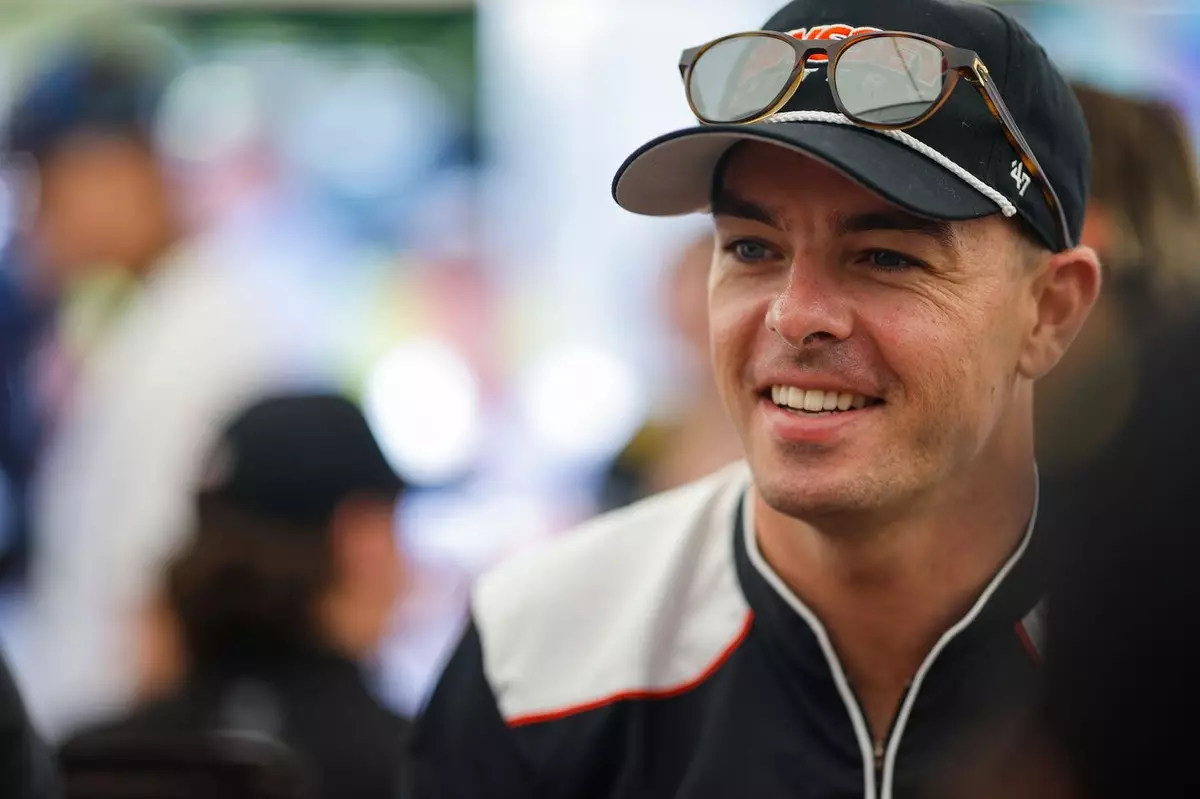In a remarkable display of ambition and versatility, Scott McLaughlin, predominantly celebrated for his dominance in the IndyCar Series, is venturing into the world of GT racing. While the motorsport ecosystem often compartments drivers into specialized niches, McLaughlin defies conventions by nibbling at different disciplines, showcasing a hunger that extends beyond racing categories. This leap is not driven merely by curiosity but by a genuine desire to broaden his horizons, to challenge himself in unfamiliar environments, and to indulge in childhood dreams of conquering iconic Japanese tracks.
What makes this decision compelling is the way it concretizes the modern athlete’s pursuit of a holistic racing identity. McLaughlin’s participation at Suzuka represents more than just racing; it symbolizes the embrace of a multifaceted approach that values experience, skill diversification, and personal fulfillment. His entry in the Suzuka 1000Km, driving a Chevrolet Corvette Z06 GT3.R, indicates a strategic shift—one rooted in passion and the recognition that legendary racetracks and machinery offer a unique adrenaline rush that no single racing series can provide.
The Significance of Suzuka: More Than Just a Track
For many, Suzuka epitomizes the zenith of challenging circuits—an arduous blend of technical turns, high-speed straights, and the unpredictable spirit of Japanese motorsport culture. Historically, Suzuka has been a battleground for legendary battles in Formula 1, endurance racing, and GT championships alike. To McLaughlin, racing at Suzuka is a rite of passage, a milestone in his aspirational racing journey. It’s a race track that demands precision, adaptability, and a deep understanding of car dynamics—attributes that transcend racing categories.
The race itself, scheduled as part of the Intercontinental GT Challenge, signifies an inflection point for global endurance racing’s return to Suzuka after a hiatus due to COVID-19. The event’s revival in its traditional 1000 km format underscores a broader resurgence in endurance racing’s appeal. McLaughlin’s decision to participate in this iconic event further elevates the stakes, positioning him as a driver eager to challenge himself against seasoned GT specialists and factory drivers whose careers are etched in endurance racing lore.
A Confluence of Cultures and Technical Mastery
McLaughlin’s collaboration with JMR and the team’s selection of high-caliber drivers such as Alexander Sims and Nicky Catsburg signals an assembly of talent designed to maximize the race’s competitive potential. His mention of “General Motors friends” underscores the camaraderie and shared passion driving this project—an emblem of the international motorsport fraternity that transcends series boundaries.
It’s crucial to appreciate the breadth of McLaughlin’s experience, which isn’t limited to open-wheel racing. His success in the IMSA series, including a victory at the Bathurst 12 Hours and competitive stints in LMP2, demonstrates his adaptability across diverse machinery and racing formats. His involvement with the Corvette GT3.R at Suzuka isn’t an experimental cameo but a natural extension of his racing philosophy—continuous growth and embracing challenges at the highest levels.
Challenging Perceptions: From Single-Seaters to Endurance Legends
This transition highlights an evolving perspective within motorsport: that true racing prowess isn’t confined within categories. McLaughlin’s journey underscores the importance of breadth and openness—attributes that empower a driver to evolve, to learn, and ultimately, to lead.
His foray into GT racing also sends a clear message to aspiring drivers and fans alike. It dispels the notion that racing is a linear pursuit, confined within predefined series. Instead, it champions versatility, resilience, and the relentless pursuit of passion. McLaughlin’s participation in a race that features legendary cars, iconic venues, and fierce competitors is a testament to the idea that success is multifaceted, and that the pursuit of excellence often involves stepping outside comfort zones.
The Broader Implication: A New Era for Drivers and Fans
McLaughlin’s bold move prompts seasoned and amateur fans to rethink their understanding of what it means to be a successful driver. It signals a shift where the boundaries between disciplines blur, creating opportunities for cross-pollination. This expansion of horizons will likely foster a more dynamic and interconnected motorsport landscape, where drivers are celebrated not merely for their mastery in one category but for their adaptability and genuine passion for racing’s myriad forms.
By embracing the challenge at Suzuka, McLaughlin not only fulfills a personal bucket list but also sets a powerful example—one that underscores the importance of passion, curiosity, and resilience in an era where the landscape of motorsport is more expansive than ever.


Leave a Reply